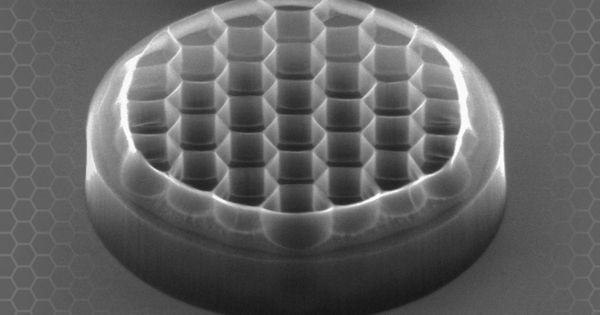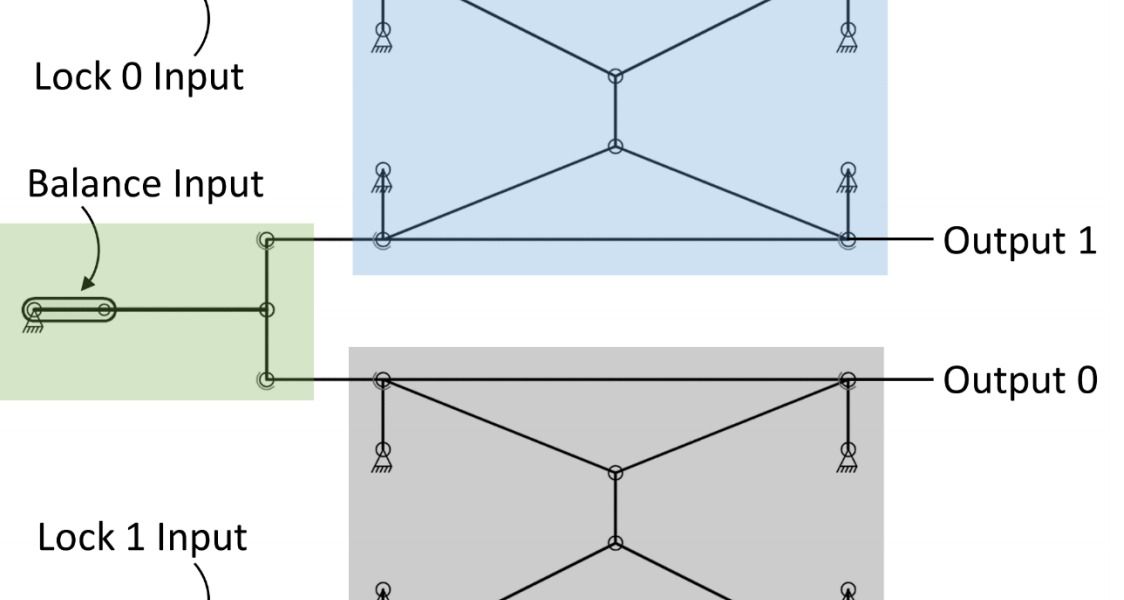What the bleep is an exocortex and why should we care?

An exocortex can be accurately described as an external neocortex. Many people may have heard of the exocortex from Ray Kurzweil. The idea of an exocortex is actually a bit older than Ray Kurzweil’s description. As We May Think was the title of an essay by Vannevar Bush the famed inventor and in that essay he describes a machine which may be used to record the collective memory of mankind. It is the first known exocortex concept that I could find and he called this device the Memex.
The Memex would allow anyone to store all of the books and knowledge they gathered in their lifetime in a personal knowledge base. Unfortunately we still do not have a Memex device which allows us to store our own memories even though there are many centralized organizations which collect vast amounts of big data on our lives to put in central databases. Google could be said to be building an exocortex today but this exocortex is centralized and while we can use it as an external memory it conveniently has the feature (or bug) that allows our individual memories or thoughts to be searched. Maybe it’s time to build a decentralized exocortex which can allow the individual to own their own thoughts, own their own search, own their content, their data, and their digital selves?








